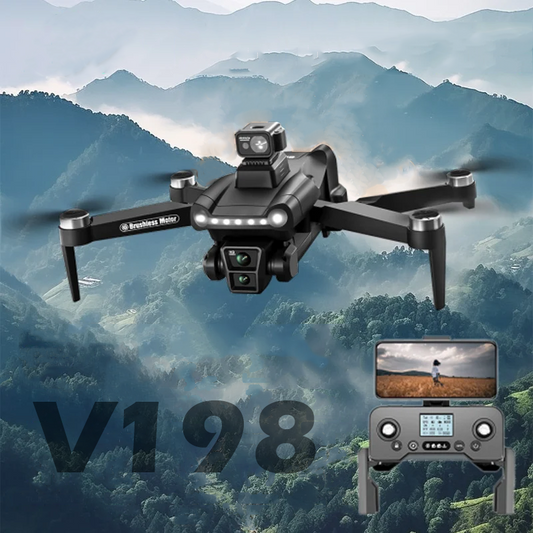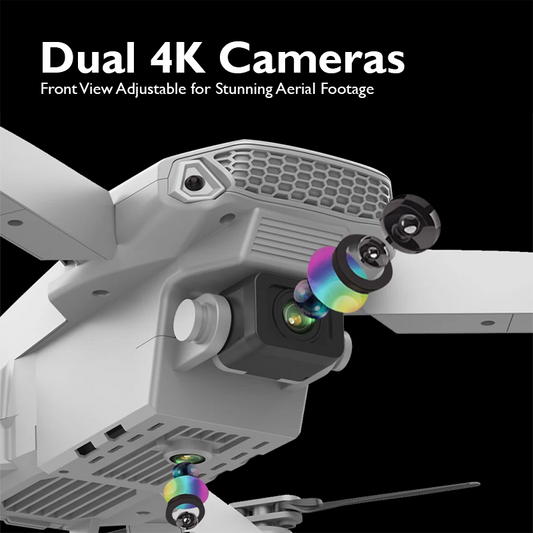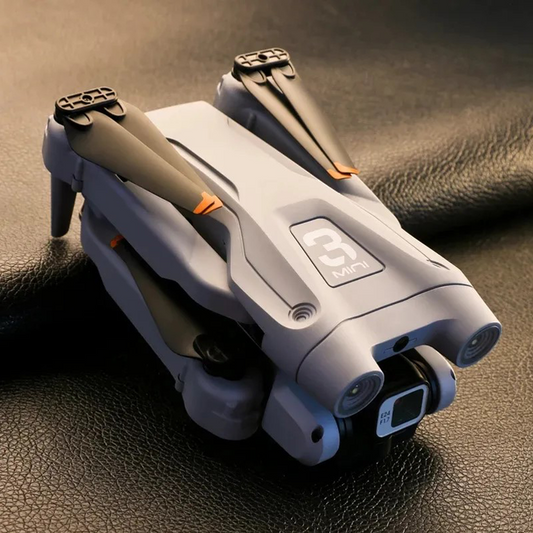The Role of Drones in Protecting Endangered Species

In today's ever-evolving technological landscape, drones have emerged as powerful tools for conservationists and environmentalists in their efforts to protect endangered species. With their ability to access remote and hard-to-reach areas, drones are revolutionizing wildlife conservation by providing valuable data and surveillance capabilities. In this article, we'll delve into the multifaceted role that drones play in safeguarding our planet's most vulnerable creatures.
Understanding the Threat to Endangered Species

Before delving into the role of drones, it's essential to grasp the gravity of the situation facing endangered species. From habitat destruction and poaching to climate change and pollution, the threats to wildlife are manifold and escalating. According to the World Wildlife Fund (WWF), thousands of species are currently at risk of extinction, with many teetering on the brink of survival.
1.The Rise of Drone Technology

Enter drones, also known as unmanned aerial vehicles (UAVs), which have emerged as a game-changer in conservation efforts. These versatile flying machines come equipped with high-resolution cameras, GPS systems, and other advanced technologies that enable them to gather crucial data and monitor wildlife with unprecedented precision.
2.Surveying Remote Habitats

One of the most significant advantages of drones is their ability to access remote and inaccessible habitats. In the past, monitoring these areas was often impractical or dangerous for humans. However, drones can effortlessly navigate through dense forests, rugged terrain, and even inaccessible islands, providing researchers with valuable insights into wildlife populations and their habitats.
3.Monitoring Wildlife Populations

Drones are invaluable tools for monitoring wildlife populations, allowing researchers to conduct surveys quickly and efficiently. Equipped with cameras capable of capturing high-resolution images and videos, drones can provide detailed information about animal populations, their behavior, and habitat usage. This data is crucial for assessing population trends, identifying conservation priorities, and measuring the effectiveness of conservation efforts over time.
4.Combatting Poaching

Poaching remains one of the most significant threats to endangered species worldwide. From elephants and rhinos to tigers and pangolins, countless animals are targeted by poachers for their ivory, horns, skins, and other valuable body parts. Drones are proving to be powerful allies in the fight against poaching, enabling conservationists to monitor protected areas and detect illegal activities in real-time.
5.Enhancing Anti-Poaching Efforts

Equipped with thermal imaging cameras and other advanced sensors, drones can detect heat signatures and movement, allowing them to identify poachers even in dense vegetation or under the cover of darkness. By providing timely alerts to law enforcement agencies and park rangers, drones help intercept poachers before they can harm endangered species. Moreover, the mere presence of drones acts as a deterrent, dissuading poachers from entering protected areas in the first place.
6.Tracking Endangered Species

Tracking the movements of endangered species is essential for understanding their behavior, migration patterns, and habitat requirements. Traditionally, researchers relied on radio collars and other tracking devices to monitor animals. However, these methods have limitations, especially in dense forests or rugged terrain. Drones offer a non-invasive alternative for tracking wildlife, allowing researchers to follow animals from above without disturbing them or their habitats.
7.Protecting Marine Life

Drones are not limited to terrestrial environments; they're also making a significant impact in marine conservation efforts. From monitoring coral reefs and tracking marine mammals to detecting illegal fishing activities, drones are helping protect vulnerable marine ecosystems and species. Equipped with waterproof cameras and sensors, underwater drones can explore the depths of the ocean, collecting data and footage that was once impossible to obtain.
In conclusion, drones are revolutionizing the way we approach wildlife conservation, offering unprecedented capabilities for monitoring, protecting, and preserving endangered species and their habitats. From surveying remote landscapes and monitoring wildlife populations to combatting poaching and tracking endangered species, drones are invaluable tools in the conservationist's toolkit. As technology continues to evolve, we can expect drones to play an increasingly vital role in safeguarding our planet's biodiversity for generations to come.
Explore a variety of drones at our online drone store.Happy Flying!











